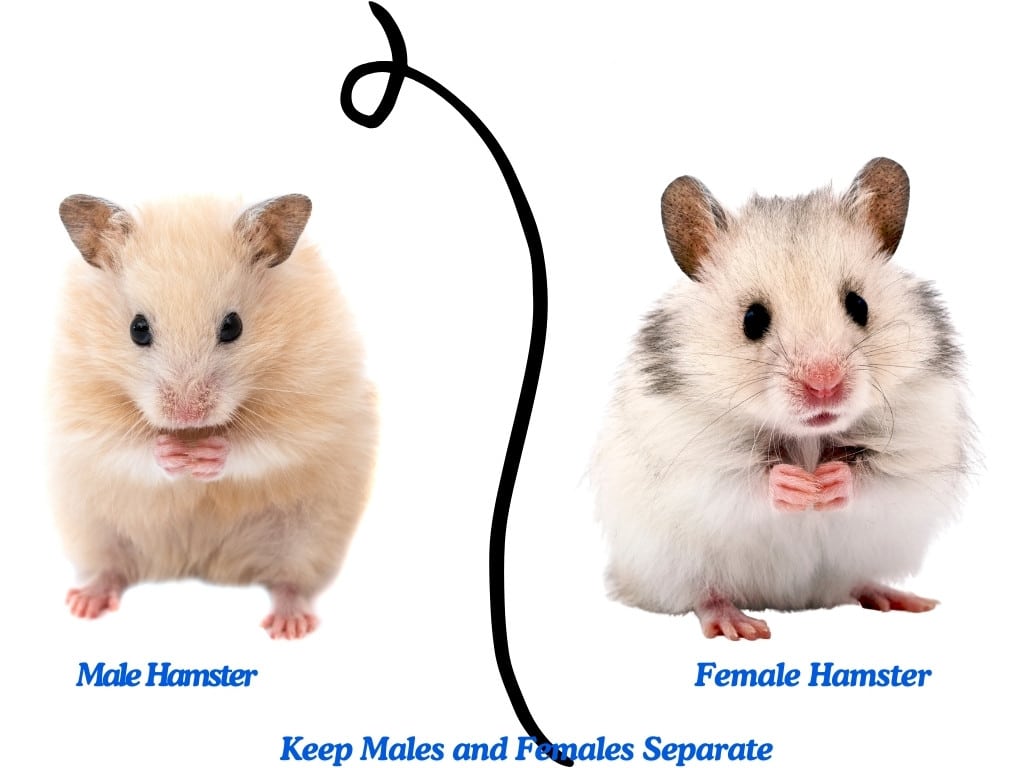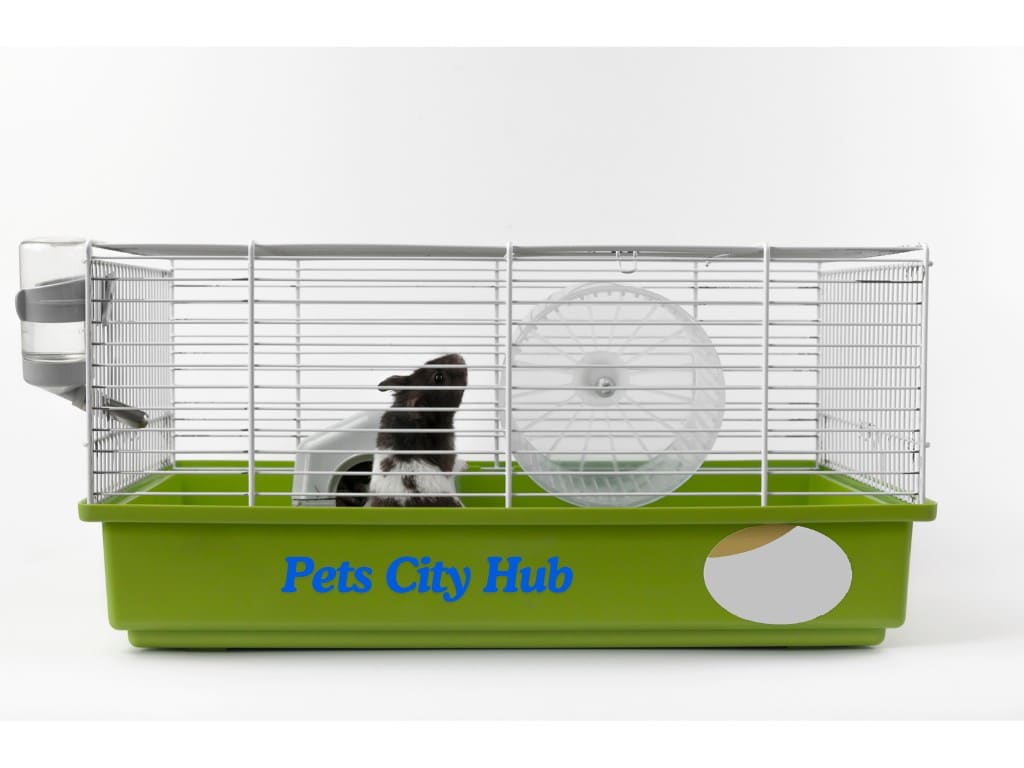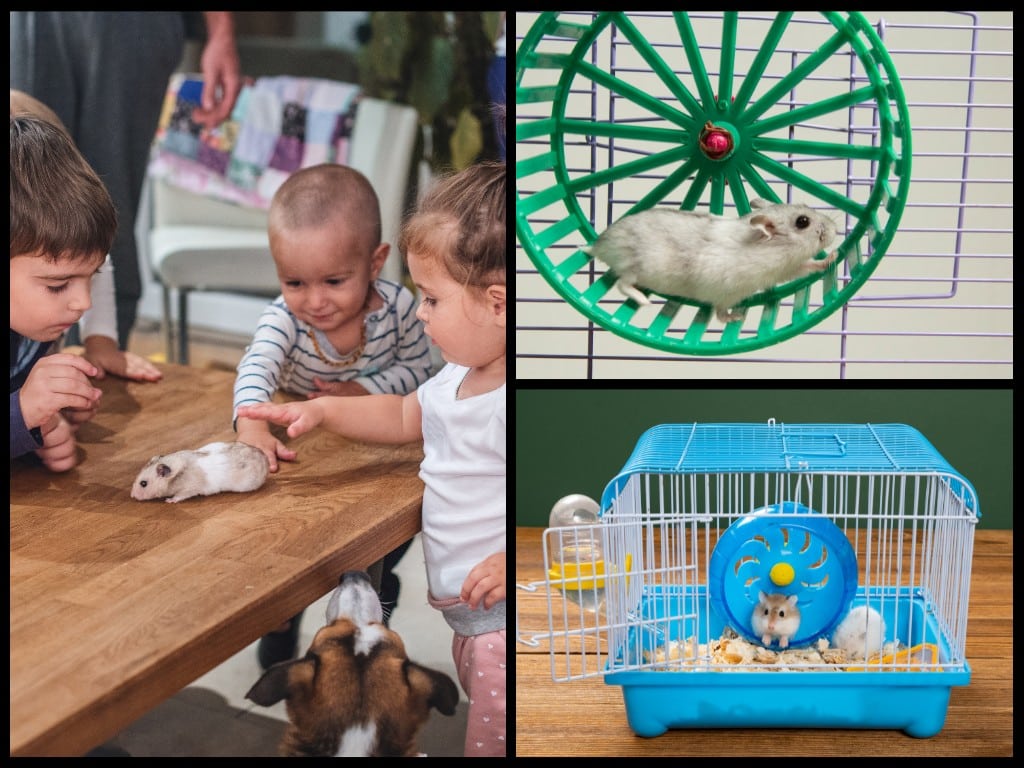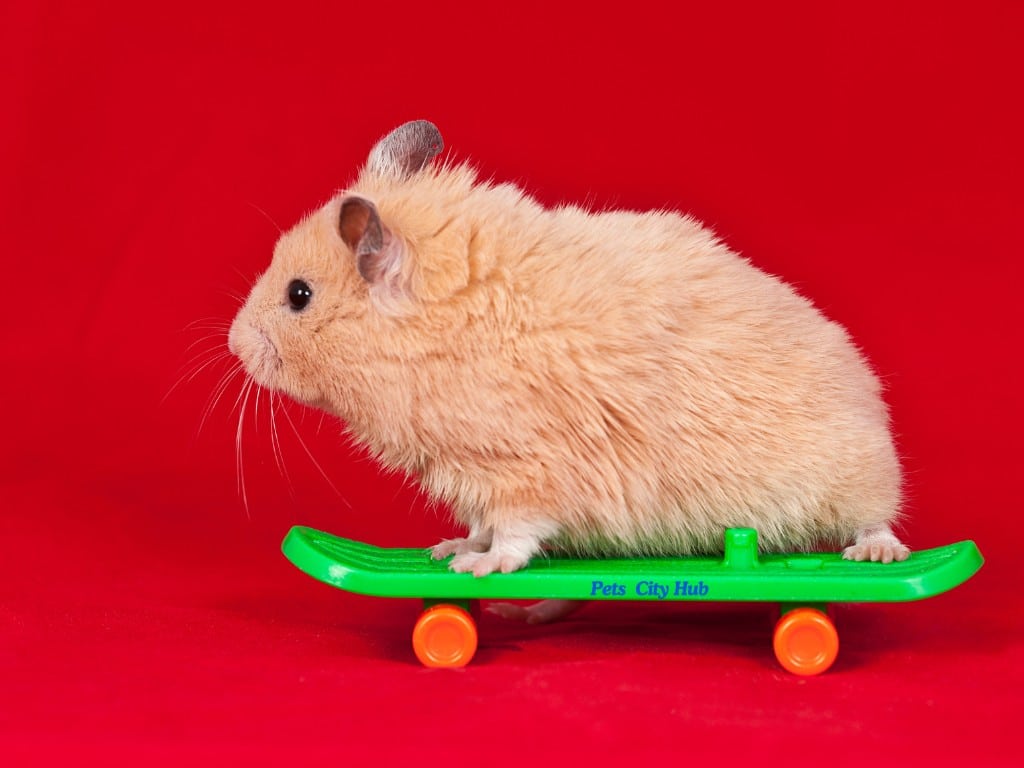If you’ve ever peered into the bright, curious eyes of a hamster, you know just how captivating these tiny creatures can be. Bringing a hamster into your life can be incredibly rewarding, but it also comes with responsibilities. Let’s dive into some key tips to ensure your hamster is living its best life.
1. Keep Males and Females Separate

First and foremost, let’s talk about the importance of keeping male and female hamsters apart. This isn’t just a suggestion—it’s a necessity. If you’ve ever seen a pet store full of baby hamsters, you know they can breed like crazy. But it’s not just about preventing a sudden population boom. Hamsters can be surprisingly territorial, and mixing genders might lead to fights.
Trust me, you don’t want to come home to find your beloved pets in the middle of a scuffle. It’s always best to house them separately to maintain peace and avoid unwanted breeding.
2. House Syrians Individually

When it comes to Syrian hamsters, they are the lone wolves of the hamster world. Unlike other species, Syrians prefer solitude and can become aggressive if forced to share their space. Think of it like having a roommate you can’t stand—it’s stressful and leads to conflict. So, give your Syrian hamster its own cozy abode where it can thrive in peace.
3. Provide Plenty of Exercise

Just like us, hamsters need to stay active to be healthy. Here are a few ways you can ensure your furry friend gets enough exercise:
- Install a wheel: A hamster wheel isn’t just a cliché; it’s an essential part of their habitat. Choose a wheel that’s appropriately sized for your hamster to prevent back problems.
- Let your hamster out to play: Supervised playtime outside the cage is crucial. Use a safe, enclosed area or a hamster ball to let them explore.
- Have a decent-sized cage: The cage is their home, their gym, their everything. Make sure it’s spacious enough for them to run around, climb, and explore. A larger cage means a happier hamster.
4. Expect Nocturnal Activity

One thing you need to understand about hamsters is that they’re nocturnal. This means you’ll hear them scurrying around at night. Embrace it—it’s just part of who they are. If you’re a light sleeper, consider placing the cage in a room where the nighttime noise won’t bother you.
5. Avoid Loud Noises

Hamsters have sensitive ears, and loud noises can be really distressing for them. Keep their environment calm and quiet. This means no blasting music, shouting, or loud TV near their cage. Your hamster will thank you for the peaceful environment.
6. Be Cautious of Pet Shop Advice

While pet shops can be great resources, not all advice you get there is reliable. It’s always a good idea to do your own research or consult with a vet who specializes in small animals. This way, you can be sure you’re providing the best care possible.
7. Understand Their Timidity

Hamsters are naturally prey animals, so they might not warm up to you as quickly as pets like dogs. It can take a few weeks before you can comfortably handle your new hamster. Here are some tips for taming your hamster:
For the first seven days after bringing him home, leave him alone except for feeding and giving water. This helps him acclimate to his new environment, with its unique smells and sounds, and allows him to build a nest.Avoid grabbing him or chasing him around the cage.
Prevent startling him with loud noises.Approach him slowly and carefully, offering your hand for him to smell. Speak to him gently, and never punish or harm him.
Remember, taming a hamster requires time and patience. Although you might be eager to interact with your new pet right away, rushing the process can cause more harm than good.
8. Feed an Omnivorous Diet

Finally, let’s talk about diet. Hamsters are omnivores, which means they need a mix of different foods to stay healthy. A high-quality hamster mix is a great start, but don’t forget to supplement with fresh fruits, vegetables, and occasional protein treats like mealworms. Variety is the spice of life, even for hamsters!
Take care of your hamster well
Caring for a hamster is a delightful journey filled with small, precious moments. By following these tips, you’ll create a nurturing environment where your hamster can thrive. Remember, every hamster is unique, so pay attention to their individual needs and behaviors. Enjoy every moment with your little furball—after all, they depend on you for their happiness and well-being.














Comments are closed.